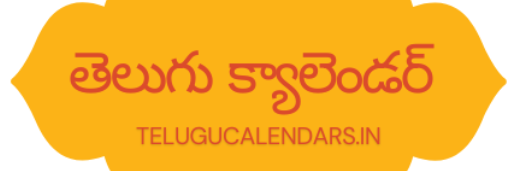Designing an Aesthetic and Functional Theme
Creating a visually appealing and functional theme for a Telugu calendar blog requires careful consideration of various design elements that resonate with the cultural richness of the Telugu community. A key aspect is the selection of traditional colors, such as saffron, yellow, and green. These colors not only evoke cultural significance but also enhance the aesthetic appeal of the blog. Saffron symbolizes auspiciousness, yellow represents joy, and green signifies prosperity, creating a vibrant yet harmonious visual experience for users.
In addition to color, typography plays a critical role in conveying information effectively. Choosing appropriate Telugu script fonts while ensuring that English language support is also available is necessary for an inclusive approach. This dual support caters to a broader audience, enhancing readability for both native speakers and those less familiar with the script. The integration of these fonts contributes to the blog’s identity and strengthens its connection to the Telugu tradition.
The layout of the homepage should prioritize user experience, prominently displaying the current month’s calendar. This allows visitors to easily navigate to other months, facilitating access to important dates and festivals within the Telugu calendar. Implementing a user-friendly interface is essential; thus, navigation menus should be intuitive, providing users quick links to various sections of the blog.
Moreover, incorporating traditional Telugu symbols as icons can add another layer of cultural resonance, enriching the visual engagement of the site. Applying key design principles—such as user-friendliness, fast-loading capabilities, and mobile optimization—ensures that the blog remains accessible across devices. A responsive design allows users to access the full range of features seamlessly, enhancing both functionality and presentation.
Integrating Functional Features and Customization Options
When designing a custom theme for a Telugu calendar blog, it is essential to focus on functional aspects that enhance user experience and engagement. One of the primary features to consider is a sidebar that displays vital information such as the daily panchangam, significant festival dates, and auspicious times. These elements are integral to the Telugu calendar and provide immediate value to users seeking this information. Implementing custom widgets that dynamically showcase panchangam, muhurthams, and festivals ensures that visitors have quick access to pertinent details, thereby improving the overall usability of the blog.
Moreover, optimizing the theme for search engines is pivotal in maximizing reach and engagement. SEO optimization should be a foundational element of the theme, ensuring that relevant content gains visibility, which ultimately attracts more visitors. Coupled with this, a responsive design is also crucial as it guarantees that the blog is accessible across various devices, accommodating readers who may prefer mobile browsing over desktop access.
Customization options play a significant role in the user experience by allowing blog administrators to tailor their sites according to personal preferences. The theme should empower users to adjust colors, fonts, and layouts without the need for extensive coding knowledge, making it inclusive for all levels of technical expertise. Furthermore, incorporating language switch options between Telugu and English can enhance accessibility for a broader audience.
Lastly, including social sharing buttons for popular platforms such as Facebook, WhatsApp, and Twitter encourages community interaction. Facilitating easy sharing of blog content can significantly increase audience engagement, promoting further dissemination of valuable information related to the Telugu calendar. Through these integral features and customization options, the user experience can be considerably enhanced, benefiting both the administrator and the audience alike.

Leave a Reply